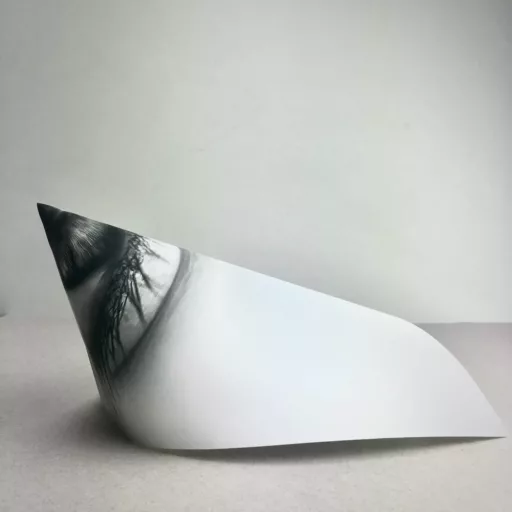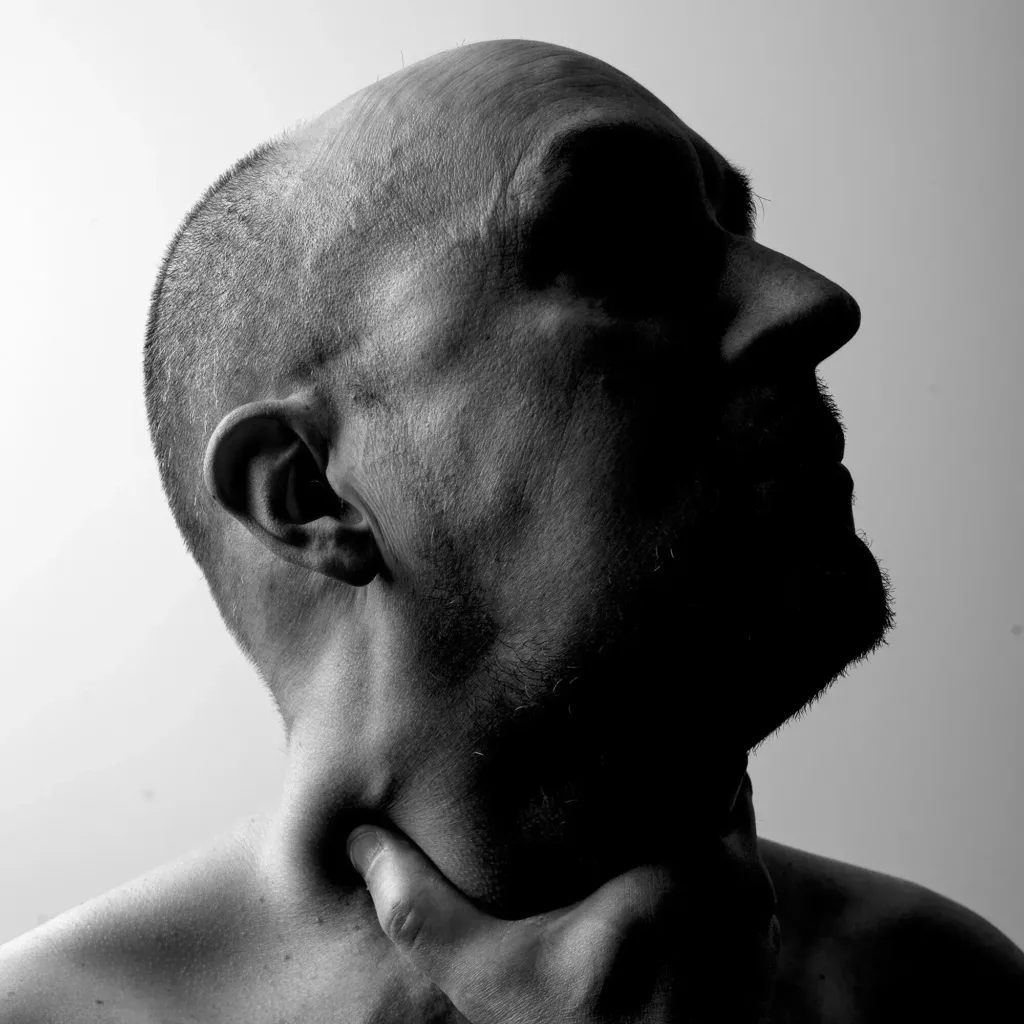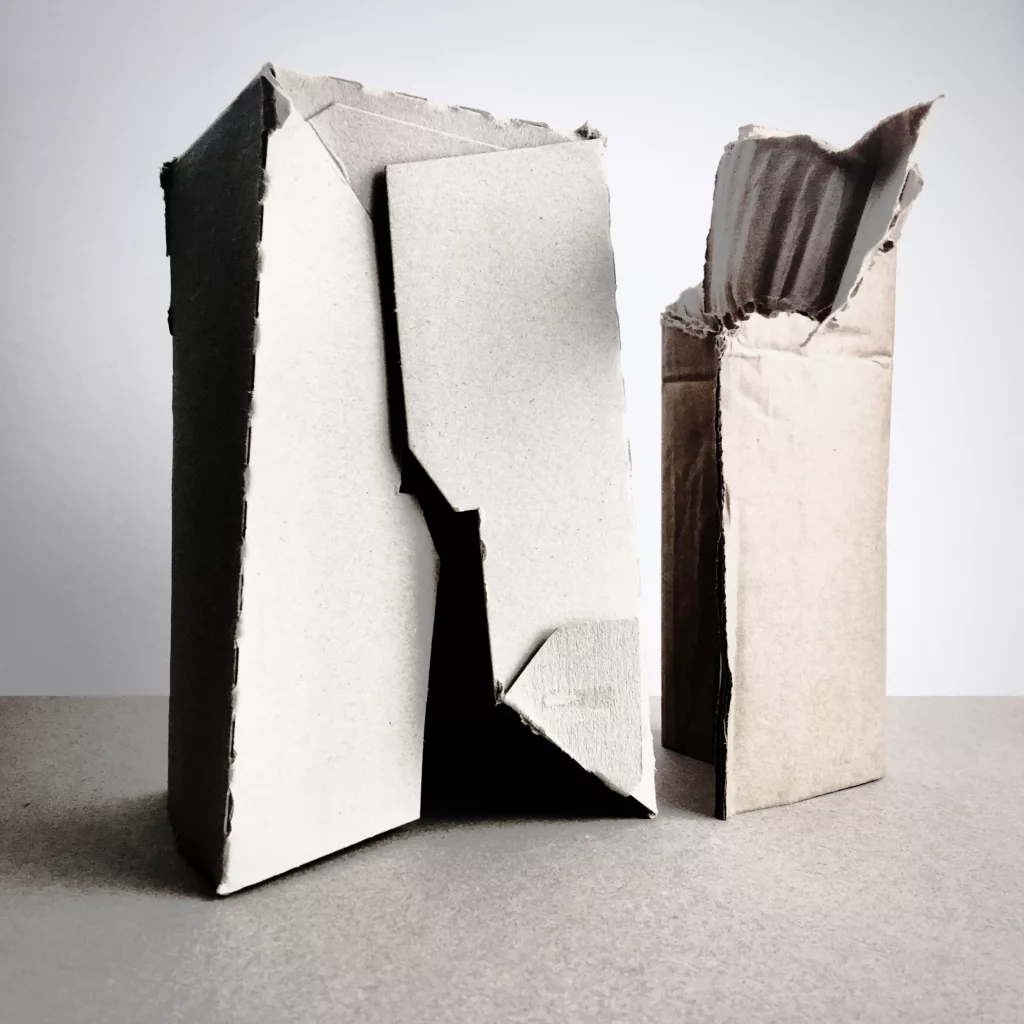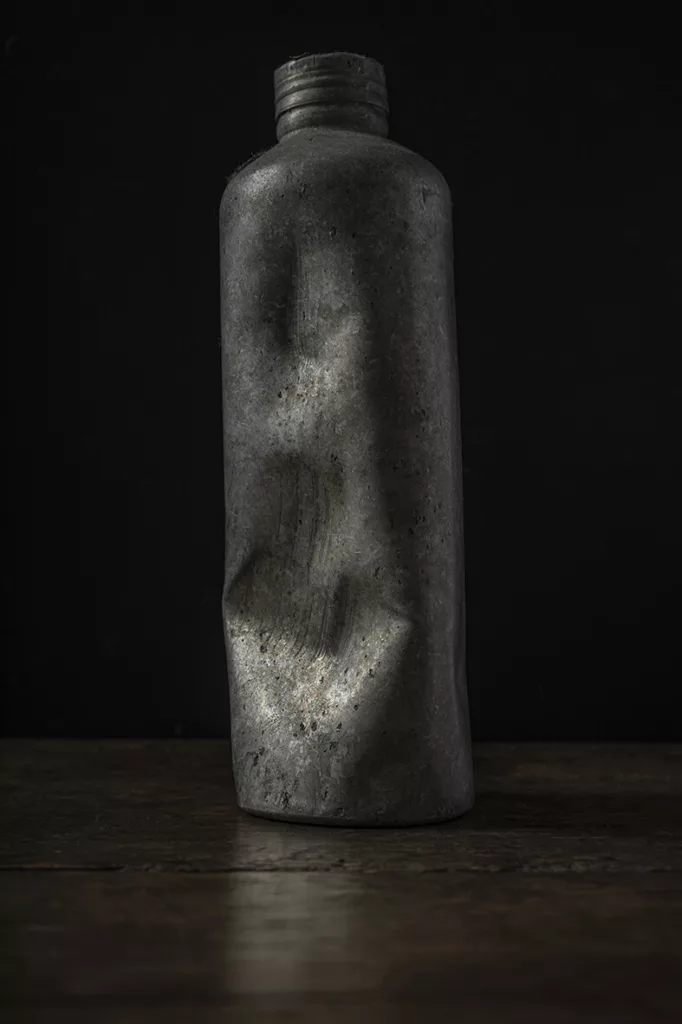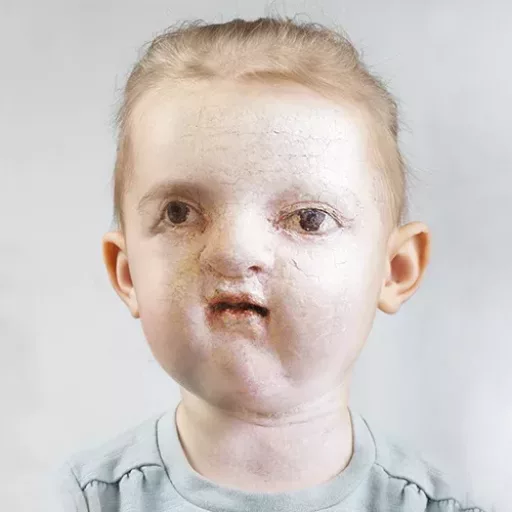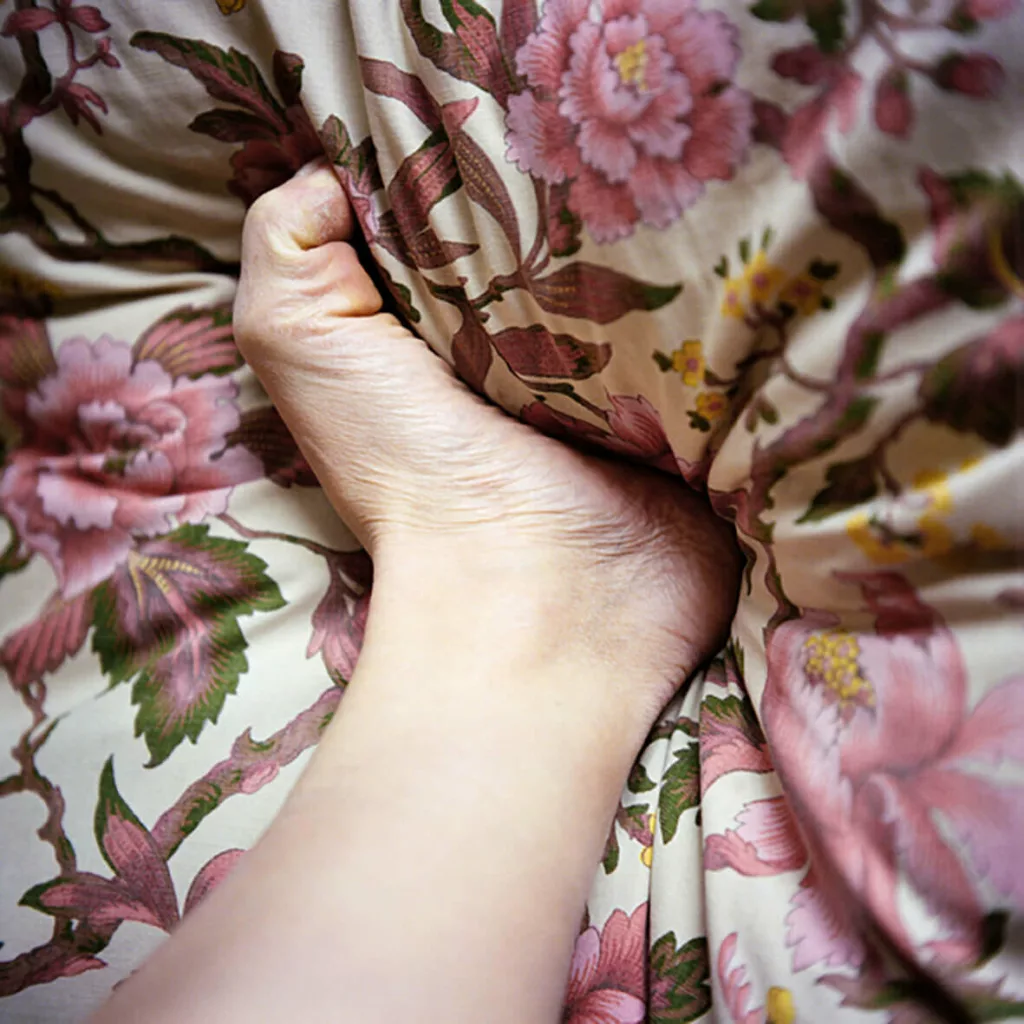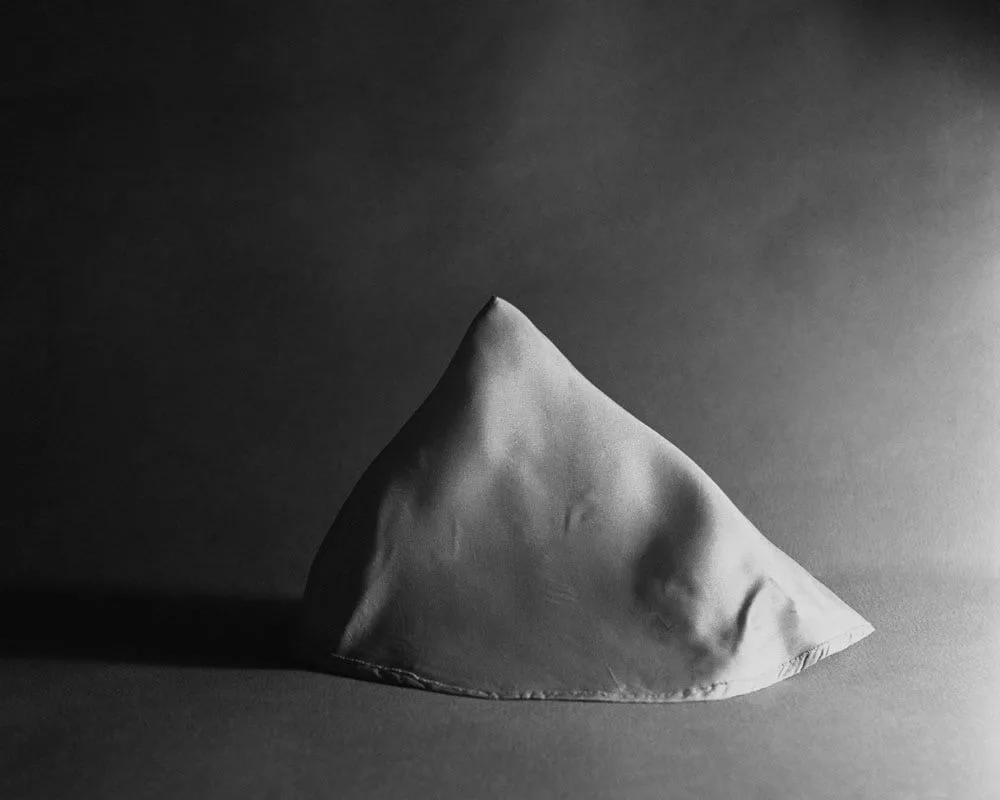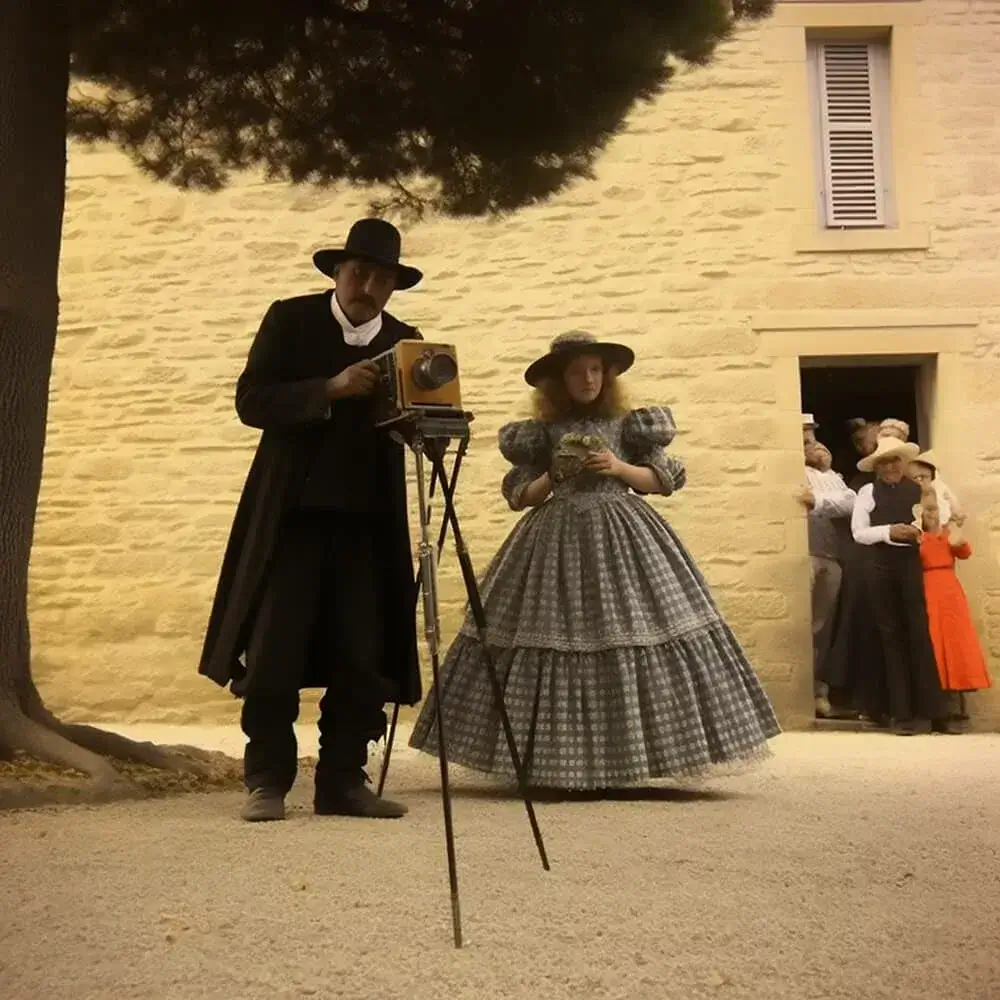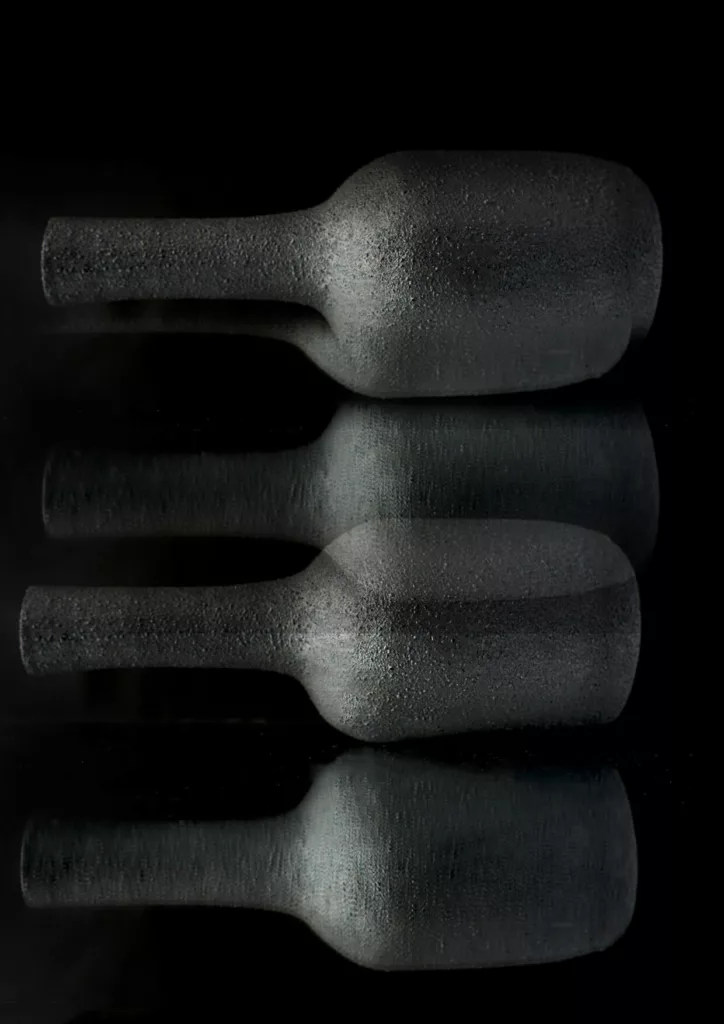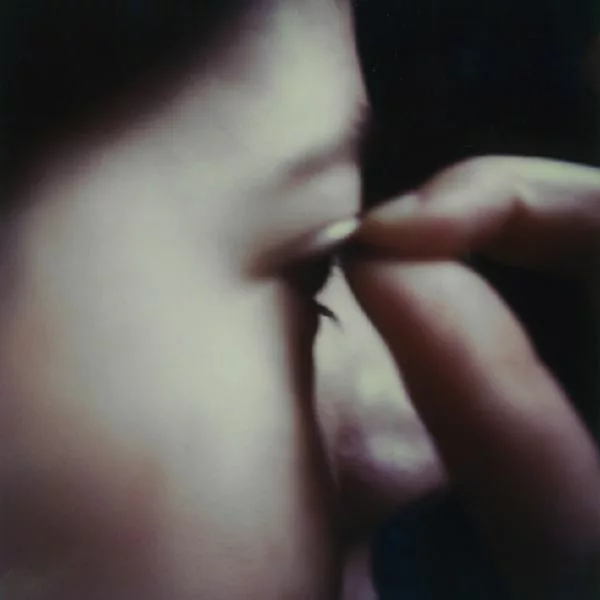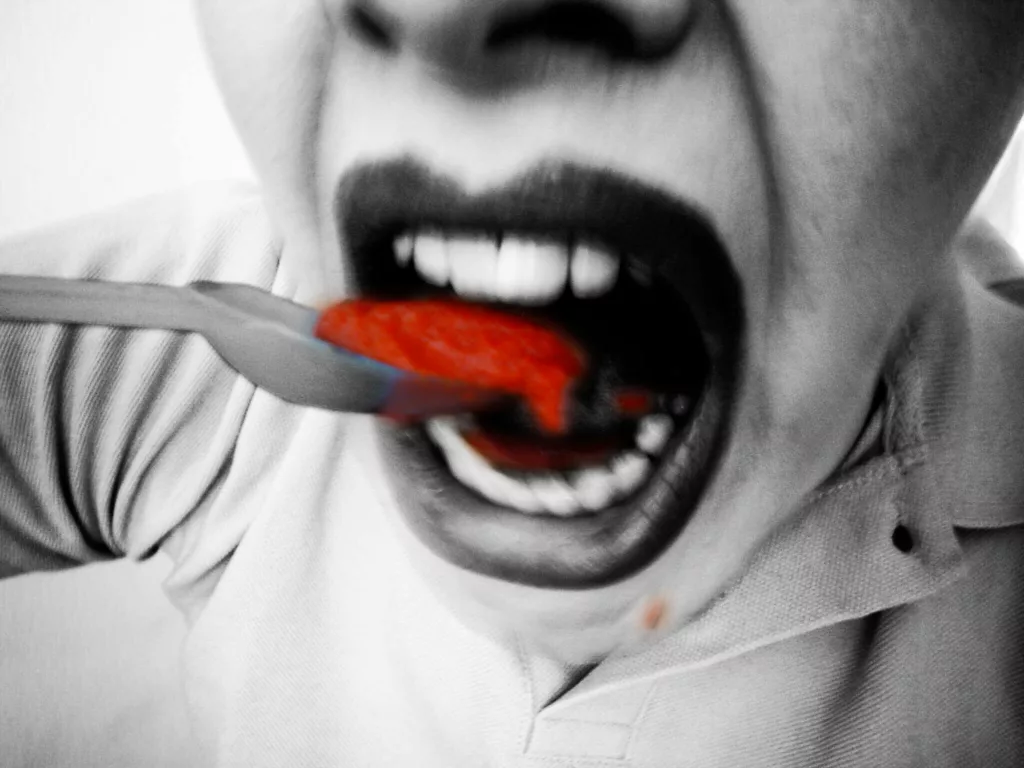Une série d’autoportraits photographiques inspirée par l’œuvre de Richter, Ema (Akt auf einer Treppe) ou « Nu descendant l’escalier ». C’est ici une occasion de revisiter, réinterpréter et expérimenter ce thème de la représentation du corps féminin.
Sur une variante de Gjon Mili, ‘Nude Descending Staircase (Variant)’ de 1942, et autres oeuvres ayant pris Marcel Duchamp, Nu descendant l’escalier n° 2, 1912:
Le point de départ d’une réflexion sur le corps et sa représentation en mouvement.
La subjectivité affirme ici l’expérience personnelle et individuelle du sujet femme et actrice/photographe de son mouvement. En conséquence, cette prise de vue éloigne ainsi de l’idée d’une représentation objective et traditionnelle du corps féminin, de sa transformation en objet.
La « fausse décomposition du mouvement » donne en perspective un corps déformé, dilaté, diforme et mobile qui évacue son idéalisation. Distorsions visuelles, angles inhabituels et positions du corps, éloignant celui-ci des normes de représentations classiques du « nu féminin » érotisé. La contre-plongée rebat les cartes des « formes féminines » en rendant grâce à la musculature, au geste, à une force corporelle qui évacue la lecture « seins-rebondis-triangle sacré-hanches à enfanter ».
Ainsi, les images évoquent un flux constant, qui évoque la nature changeante, mécanique et biologique du corps humain.

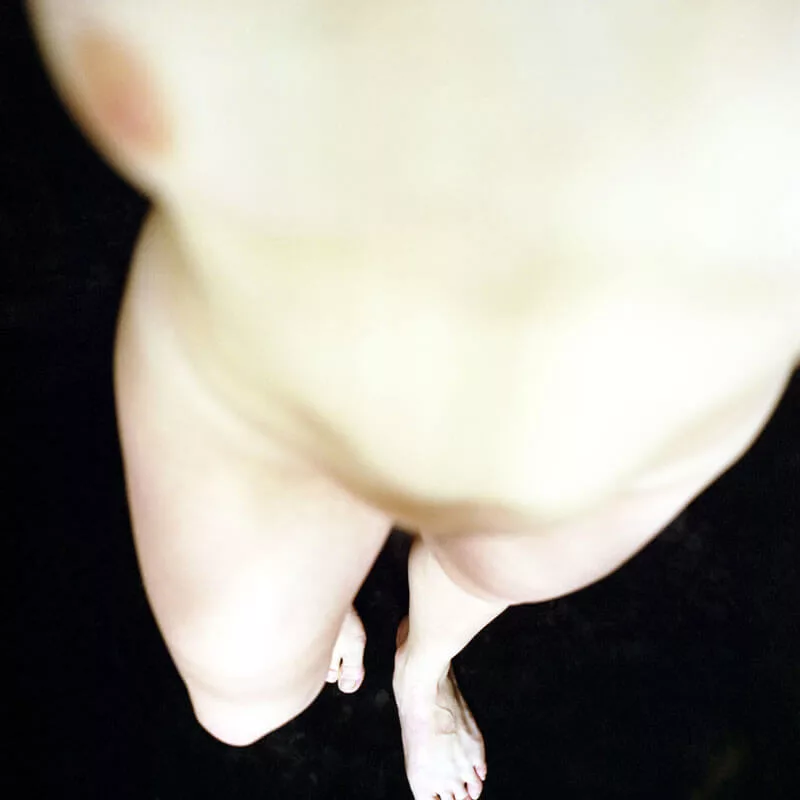


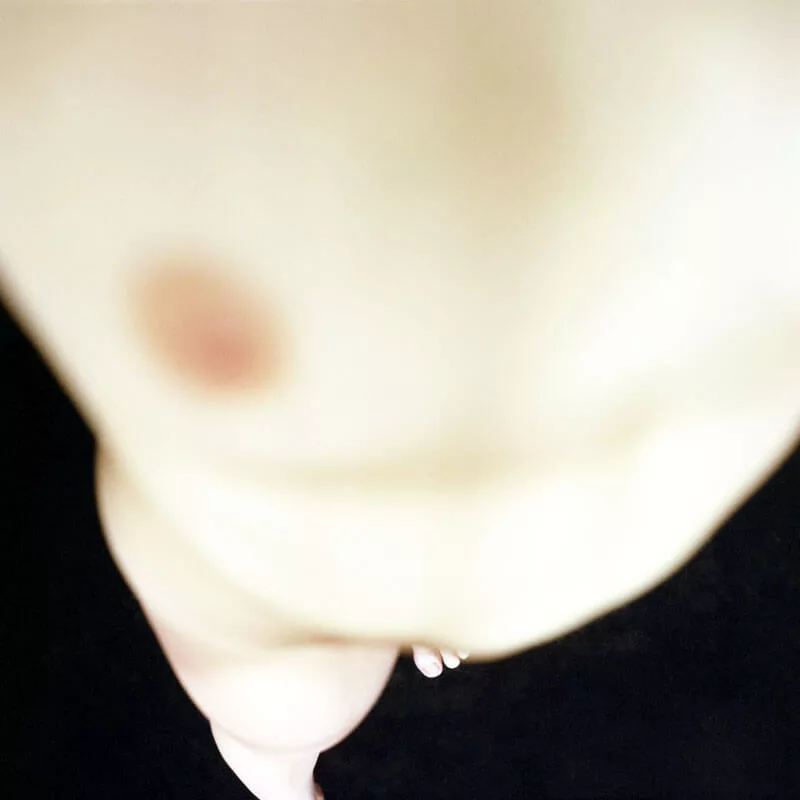


Série de 6 tirages argentiques couleurs trapèzoïdaux, environ 50×50 cm chacun. Cadre-armature aluminium à pieds en échelle environ 300x50cm et plaques de verre.
Présentée en 1999, l’armature a été détruite.
Nude Descending a Staircase
A series of photographic self-portraits inspired by the work of Richter, Ema (Nude on a Staircase), or Nude Descending a Staircase. This is an opportunity to revisit, reinterpret, and experiment with the theme of the representation of the female body.
Based on a variation by Gjon Mili, Nude Descending Staircase (Variant) from 1942, and other works referencing Marcel Duchamp’s Nude Descending a Staircase No. 2, 1912:
The starting point for a reflection on the body and its representation in motion.
Subjectivity here affirms the personal and individual experience of the woman as both subject and actress/photographer of her own movement. As a result, this shooting distances itself from the idea of an objective and traditional representation of the female body, of its transformation into an object.
The “false decomposition of movement” offers a view of a body that is distorted, expanded, deformed, and in motion—evacuating idealization. Visual distortions, unusual angles, and bodily positions detach it from the classic norms of the eroticized “female nude.” The low-angle shot reshuffles the cards of “feminine forms,” giving prominence to musculature, gesture, and bodily strength, pushing aside the traditional reading of “bouncing breasts-sacred triangle-childbearing hips.”
Thus, the images evoke a continuous flow, suggesting the changing, mechanical, and biological nature of the human body.

